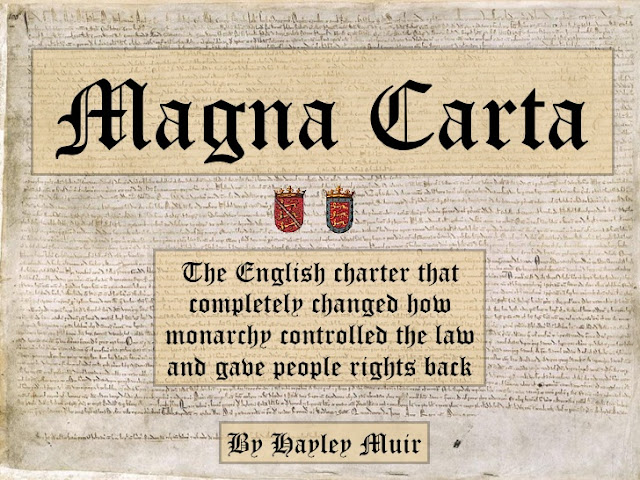Middle English Period (Four major dialects & Englishness In England )
In continuation with the previous lecture, we begin looking at the
Middle English period.
Let us look at the Four major dialects:
Coming back to some linguistic aspects, there were four major
dialects during this time; south western it had emerged from the old English
West Saxon, south eastern which emerged from the old English Kentish, East
Midland and west midland and also Northern, so all of these dialects where in
some form a continuation from the old English language from the old English
dialects. We also note that the two dialects east midland and west midland,
they had together emerged from the old English Mercian and in this context the
east midland dialect assumes more importance because this was a one who became
Chaucer’s language and since East Midland was spoken more in London and also it
became the major literary vehicle of Chaucer East Midland dialect is a one from
which contemporary English set has emerged as well. So this is also this 5th
kind known as the northern dialect and we find that almost all of these
dialects where quite different from one another it is said that even if they
lived just 50 miles apart and if they spoke these different dialects they were
not comprehensible to one another. So these dialects where almost like 5 different
languages but and each writer was quite free to use which ever dialect that he
or she preferred. And the spellings and the grammars differed on the individual
kind of uses and it all depended on which spelling each author preferred to
use.
In some form this is said to have got most standardized with
Chaucer writing entirely in the east midland dialect and also giving it a sense
of reputation and more acceptance because it was mostly spoken in the city of
London.
In terms of dialectical differences, England begins to assert
itself as a single national linguistic identity whose diversity does not affect
in any way the evolution of language or the emergence of English into a single
unit.
Towards more Englishness:
And towards the time of Chaucer we also find England moving
towards more Englishness and this is a kind of definition and the
classification which is stated on to define rest of the centuries as well.
And from this period, from the end of the 14th century and from
the end of the 13th century onwards, we find England also seizing to be a
recipient of foreign influences than Norman French influence had considerable
got mitigated. England is more about native forces and the native influences,
it is more organized as a nation, more conscious of her nationhood and also they
had emerged to into a single racial cultural unity not taking into account the
many things that differentiated them in terms of identities or in terms of
linguistic and dialectical differences.
And also at this point of time we find that though in England
continues to receive lot of influences from the neighboring countries and also
from all kinds of cultural and linguistic imports from other languages, England
begins to form her own kind of literature her own kind of religion begins to
practice her own economics society and also develops their own methods of war.
So that makes a nation quite distinguishable in many ways and we find the
literature of the times beginning to reflect all of these elements in them.
Chaucer is the real starting point of English literature:
And with the advent of Chaucer which we will begin to notice in
the next session, we also notice that these native influences are more
pronounced, there is a more English kind of writing which begins to emerge with
about which we can discuss more about without relating them with the other kind
of influences. And this literary output and language of the Middle English
times we find it getting more consolidated towards the end of the Middle
English period and with the advent of Chaucer. And at this point it is very
important to note that Anglo-Saxon language or the old English language is
almost like a dead foreign language now. And we do not find language going back
to the roots of Anglo-Saxon tongue from this time onwards the Norman French
influence stays on, there are about 10,000 words borrowed words from French
which becomes part of English language in many ways England acquires a new
stature by the time Chaucer comes to the scene. So let us wind up this session
by giving a brief prelude towards the next session which is going to be about the
age of Chaucer, many historians feel that Chaucer is the real starting point of
English literature and so much so that whatever we discuss in today’s lecture
is completely overshadowed by the presence of Chaucer. And with the advent of
Chaucer many later historians feel that he is the first of our really national
poets, some consider him as the father of English poetry and he is generally
considered as the opening moment of the English literature proper. So with this
we come to an end to this today’s session and we have noted how the old English
period and the Middle English period where quite important and significant in
shaping the in laying the foundations of English literature and shaping how
literature would be in the forthcoming centuries.
So we look forward to seeing you in the next session with the age
of Chaucer, thank you.






















































